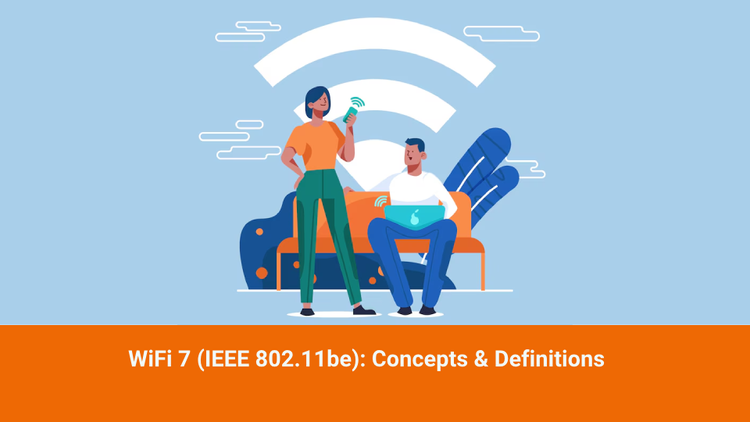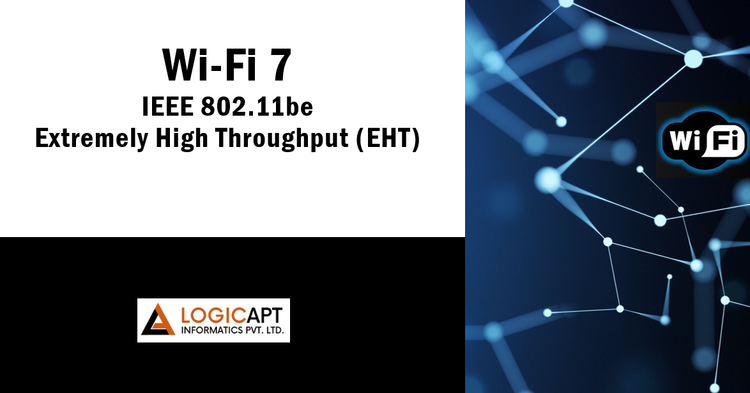How can a single client device be associated to two Access Point (AP) device radios?
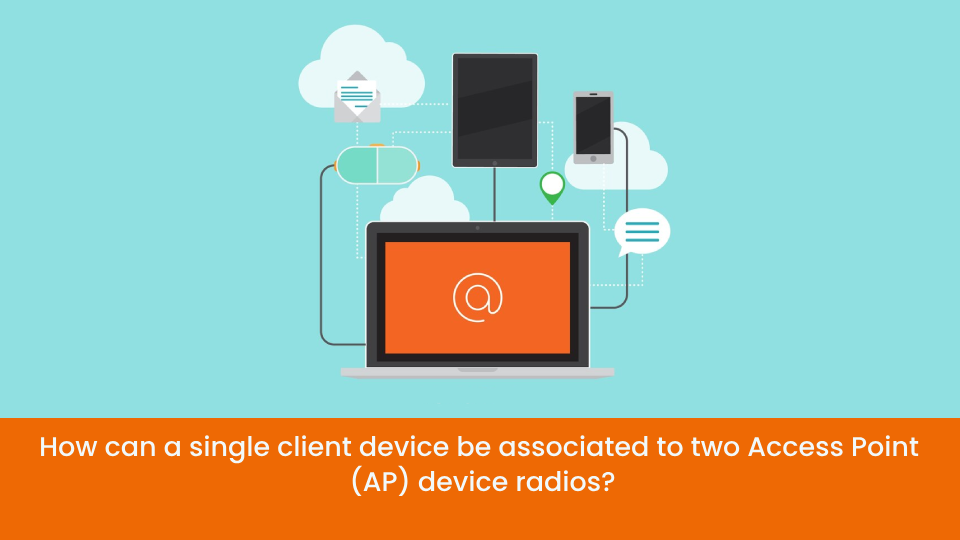
The Multi-Link Operation (MLO) introduced in Wi-Fi 7 standardizes the behavior of stations (STAs) equipped with two or more Wi-Fi radios capable of simultaneous WLAN connections. This provides the ability to connect a STA to more than one AP radio. This approach offers a significant advantage over legacy methods by presenting the client device (STA) as having a single network interface. The potential benefits include increased throughput from using two Wi-Fi radios simultaneously (e.g., 5 GHz + 6 GHz). Early multi-band devices had separate radios for each band, but later designs consolidated them into a single radio with a smart algorithm to switch bands. This helped manage self-interference. With MLO, a STA can now transmit or receive over multiple bands.
The concept of simultaneity lies at the heart of the primary concern. Is it appropriate for the STA to broadcast and receive on two bands at the same time? This would include the STA sending a signal (maybe at 20 dBm) and receiving a –60 or –70 dBm signal, probably on a different antenna and radio placed millimeters distant from the 20 dBm transmitter. Is this even feasible? Perhaps, based on how it is implemented. Consequently, three different kinds of STAs were ultimately proposed by the 802.11be designers:
Multi-Link Single Radio (MLSR):
By splitting a single-radio device's several antennas across several links, MLSR allows it to operate as a multi-link device (MLD) without the need for additional radios. Only one channel at a time may be used by an MLSR MLD to conduct clear channel assessment, regulate frame reception, and transmit and receive data.
Enhanced MLSR (EMLSR):
The MLD may employ links opportunistically and listen to two links at once thanks to EMLSR. By doing this, throughput can be increased in comparison to the single link operation (SLO). EMLSR works well in client devices because of its affordability and ease of usage.
Simultaneous Tx/Rx (STR):
Asynchronous or simultaneous transceiver mode is referred to as STR mode. Two or more links operate entirely separately and without interfering with one another in this mode. As a result, they may send and receive data simultaneously via various networks.
Multi-Link Operation (MLO)
One agreed upon method to more effectively utilize the hardware resources at the AP device and the client device is multi-link operation. Usually, the AP device or the AP MLD has several "IEEE APs" operating simultaneously on 2.4, 5, and 6 GHz radios. Transceiver pathways that can switch between bands and channels are a feature of multiband client devices or non-AP MLD.
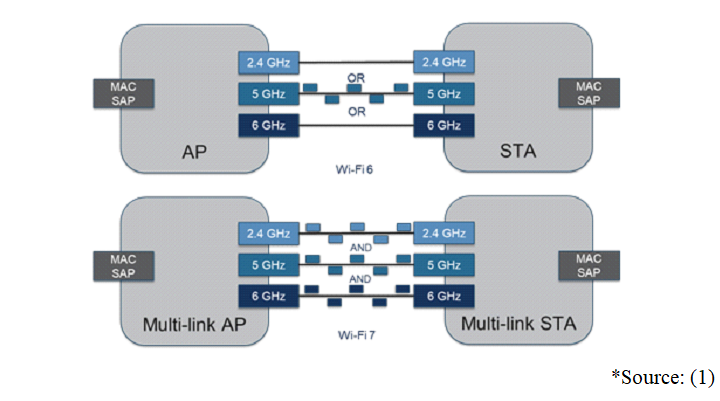
An AP and a client can communicate simultaneously on various radios thanks to the multi-link operation—or at least a better approximation of this than is possible with earlier Wi-Fi versions.
Apart from the modes defined in the previous sections there are three other modes too. These are:
Non-STR (NSTR):
Devices operating in NSTR mode send and receive data on separate frequency bands, but not at the same time. By using separate bands for sending and receiving data, it enhances data transfer over single-link operations even though it is not as efficient as STR.
Enhanced MLMR (EMLMR):
N full-capability radios (each supporting one or more spatial streams) can be utilized for developing a non-AP MLD in EMLMR mode on N links. After a brief delay, the transceiver resources can be smoothly transferred between the radios.
Enhanced MLSR (EMLSR):
EMLSR allows the MLD to listen to two links at the same time and take advantage of them when possible. This method can produce more throughput than a single link operation (SLO). Because of its simplicity and low cost, EMLSR is ideal for usage in client devices.
Altogether, these MLO modes can be summarized as below:
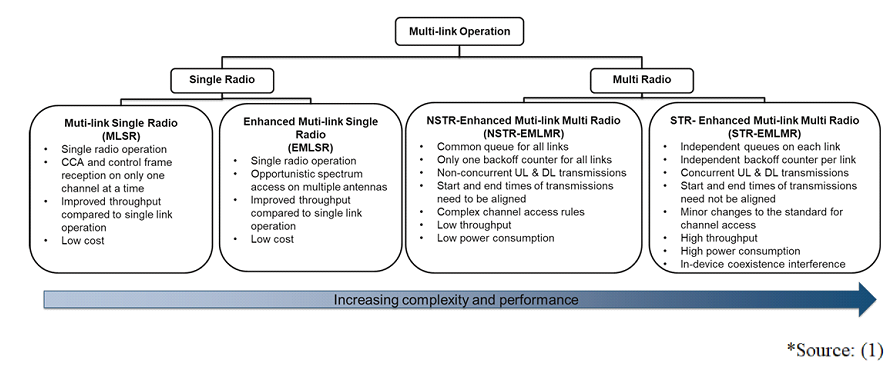
The technical terms mentioned above might seem a bit overwhelming, but there's no need to worry. Each term will be explained in detail in our upcoming blog series.
Join us on this journey as we unravel all the mysteries of Wi-Fi 7 (IEEE 802.11be)!
Sources:
- https://www.arista.com/assets/data/pdf/Whitepapers/Arista-Wi-Fi-7-White-Paper.pdf
- https://www.mpirical.com/glossary/ofdma-orthogonal-frequency-division-multiple-access
- https://mentor.ieee.org/802.11/
- https://www.cisco.com/c/en_in/products/wireless/what-is-wifi.html
- Wi-Fi 7 in Depth: Your Guide to Mastering Wi-Fi 7, the 802.11be Protocol, and Their Deployment, Jerome Henry, Brian Hart, Binita Gupta, Malcolm Smith, Pearson Education, 2024.
- https://www.qualcomm.com/content/dam/qcomm-martech/dm-assets/documents/ofdma_white_paper.pdf
- https://wlanprofessionals.com/exploring-key-features-of-multi-link-operation-mlo-in-wi-fi-7/

